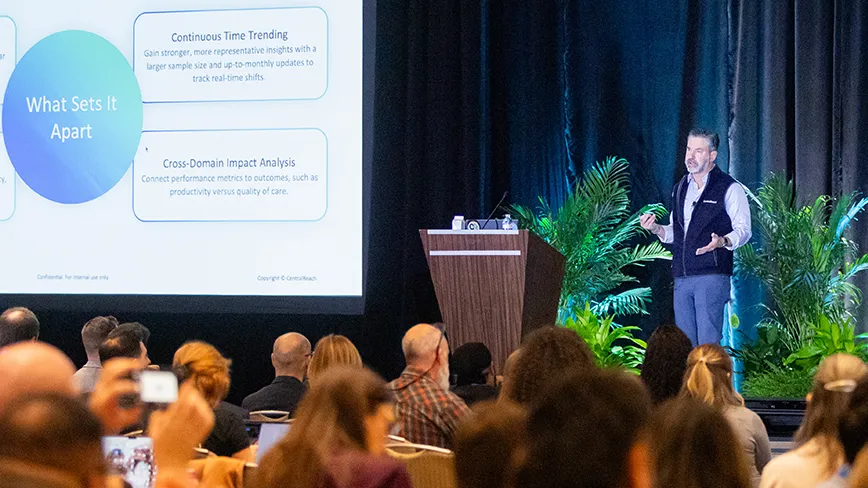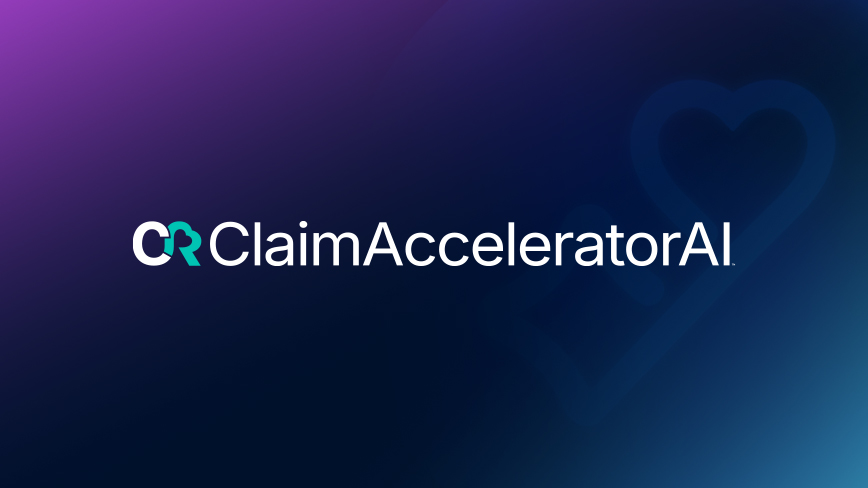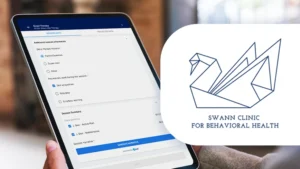Individualized Education Programs (IEPs) play a vital role in enhancing educational and personal development for students with autism and other disabilities. IEP goals provide a roadmap for teachers, support staff, therapists, and other professionals to support each student’s unique needs. Through a collaborative and whole-student approach, educators can create meaningful IEP goals that target a wide range of needs, supporting lifelong learning and success.
What is an IEP?
Before we discuss goal planning for an IEP, let’s review what an IEP is. An Individualized Education Program, or IEP, is an individualized document that is required for each special education student based on the federal Individuals with Disabilities Education Act (IDEA). The purpose of an IEP is to curate a child’s learning experiences to meet their unique educational and developmental needs. A well-written and enacted IEP should improve teaching procedures, enhance learning, and improve student outcomes.
Components of an Individualized Education Program (IEP)
Each student’s Individualized Education Program (IEP) must provide at minimum, the following information.
- The child’s current levels of educational performance- This information is developed from individualized evaluations, using various assessment methods. An assessment for students with autism is especially important. ABLLS-R and AFLS are highly-regarded assessment methods, and CentralReach's software streamlines these methods.
- Annual goals- Short-term objectives outline what the student can reasonably accomplish within the one-year time frame. Goals can relate to academics, address social or behavioral challenges, physical needs, or other educational needs.
- Special education and related services- All services and supplementary aids the child will receive must be included in the IEP to explain how the team will support the student through their individualized needs.
- Participation with peers- Each student’s IEP must outline how the child will participate with nondisabled children.
- Participation in state and district tests- IEPs must state whether the student will be participating in state and district testing. If they will, the IEP must also outline any modifications in the administration of these assessments for students with autism that will be provided.
- Dates, durations, and locations- The IEP must include the date when services will begin and how often each service will be provided, as well as what location they will occur in (i.e., special education classroom, general education classroom, speech-language pathologist’s office, etc.).
- Transition plan- By age 14, a student’s IEP must address plans for post-educational goals, including a statement of transition services.
- Measuring progress- An explanation of how the child’s progress will be measured and how caregivers will be informed of ongoing progress must be included as well.

Write SMART Goals
Writing SMART goals for an Individualized Education Program (IEP) is key to ensuring each student’s educational needs will be met. When creating your student’s IEP goals, confirm that they meet the following criteria.
Specific: Each goal should be specific, written clearly and concisely. State exactly what the targeted result is.
Measurable: Goals should be worded in a way that allows for the measurement of progress. They should clearly state mastery criteria.
Attainable: Goals should be meaningful, but also achievable. The most ambitious goals won’t benefit your students if they are not attainable within the IEP time frame. Consider the student’s abilities, history of skill acquisition, and available resources when determining achievability.
Relevant: Goals should be relevant and meaningful to the individual student’s academic and functional needs. Goals that are relevant for one student may not be relevant for another.
Time-bound: IEP goals should specify a time by which the student will accomplish the goal. This ensures educator accountability and allows the team to review and monitor progress toward achieving the goal.
Address Social-Emotional Learning (SEL)
An Individualized Education Program (IEP) should address more than just the student’s academic needs. Social-emotional learning is an influential component of every student’s education. Developing skills such as self-awareness, understanding and managing emotions, and problem-solving is crucial for a student’s long-term success across all areas of life. Research has found that the development of social and emotional competencies is directly related to a child’s engagement in learning and promotes their future academic abilities (Nix et al., 2013).
Children with autism often experience amplified challenges in the natural development of these skills. When social-emotional skills are lacking, academic success is likely to be affected. As such, Individualized Education Programs (IEPs) should incorporate goals related to the development of a student’s social-emotional skills.
Meaningful IEP goals must be individualized to each student’s unique needs. However, educators can consider targeting social-emotional goals relating to the following areas.
- Self-awareness
- Emotional regulation
- Social awareness
- Self-monitoring behaviors
- Self-advocacy
- Maintaining focus on tasks
- Interpreting nonverbal communication
- Responsible decision-making
- Initiating and responding to peer interactions
- Problem-solving peer and classroom conflicts
- Setting and achieving personal goals
As with academic goals, social-emotional goals should be aligned with grade-level expectations. When developing these goals, educators need to have a strong understanding of childhood development and expectations to identify areas of need that are age-appropriate.

Create “Enabling” IEP Goals
When creating IEP goals for students with autism, it’s important to consider goals that are “enabling” for the learner. Enabling goals opens up new opportunities for the student, empowering them to develop skills that will allow them to participate more in their academic and social environments. By creating enabling IEP goals, educators can help their students build the skills and confidence to achieve long-term success in school and beyond.
Effectively communicating wants and needs is an example of an enabling goal. When a student has communication deficits, conveying their wants and needs can be a challenge that inhibits their academic and social growth. By directly addressing this need through an Individualized Education Program (IEP) goal, educators can improve this student’s ability to learn in more inclusive environments.
Engage Caregivers in Goal Development
Individualized Education Programs (IEPs) are created as a team effort. Parents and caregivers are vital members of this team. As such, caregivers should play an essential role in the development of their child’s IEP. Engage your caregivers in the process of developing goals. You can do this by surveying or interviewing caregivers on what’s most important to them and their family in their child’s academic career. Evaluate cultural considerations and consider each family’s values. For families who are less responsive to collaboration, consider and address barriers to their engagement.
Streamline Individualized Education Program (IEP) Progress Monitoring and Collaboration
Special education teachers and support staff often face a multitude of responsibilities. The implementation of integrated systems that facilitate the development of Individualized Education Programs (IEPs), continuous progress monitoring, and team collaboration can simplify the process and alleviate some of the burdens placed on teachers. CR LiftEd allows educators to streamline this process by centralizing IEPs, ongoing goal data collection, and secure team communication.
Learn more about CR LiftEd research-backed technologies and how they can improve your team’s IEP workflows.
References
Nichols, J. (2018). Wisconsin Department of Public Instruction.
https://dpi.wi.gov/sites/default/files/imce/sspw/ppt/May_Webinar_SELandIEPs.pdf
Nix, R. L., Bierman, K. L., Domitrovich, C. E., & Gill, S. (2013). Promoting children's
social-emotional skills in preschool can enhance academic and behavioral functioning
in kindergarten: Findings from Head Start REDI. Early Education & Development,
24(7), 1000-1019. https://doi.org/10.1080/10409289.2013.825565
SpedCoach. (2021). How to Write SMART IEP Goals. Teach Special Education. https://www.teachspecialeducation.com/how-to-write-smart-iep-goals/
U.S. Department of Education. (2019, August 30). Guide to the individualized education
program. A Guide to the Individualized Education Program. https://www2.ed.gov/parents/needs/speced/iepguide/index.html#:~:text=By%20law%2C%20th
e%20IEP%20must,present%20levels%20of%20educational%20performance).






